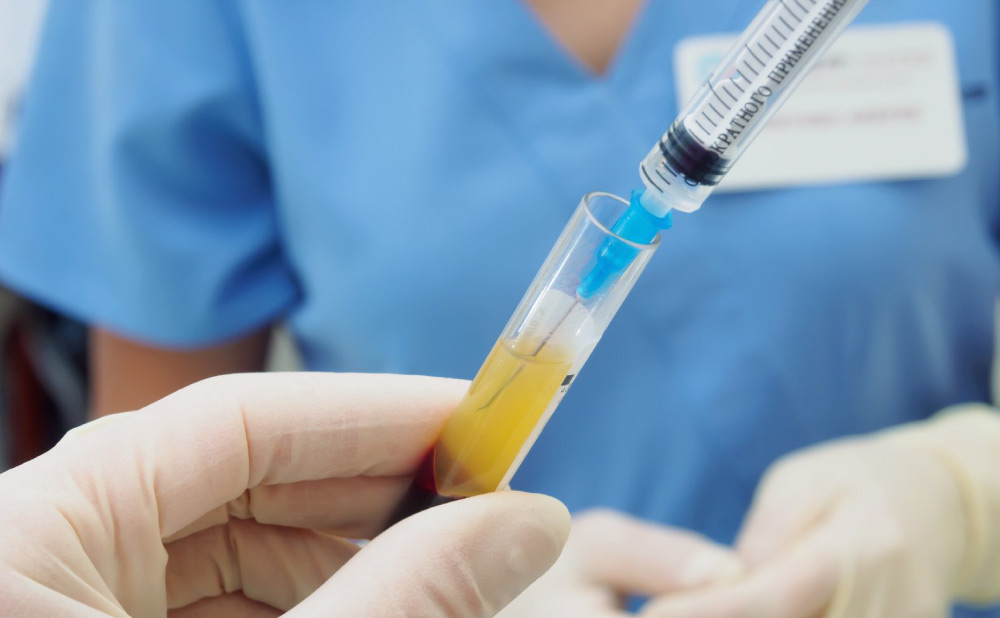
Stem cells have the potential to treat various illnesses and contribute to discoveries for better human health. So, what exactly are stem cells, and what vital roles do they play in our bodies? Where can stem cells be used? Are they suitable for hair transplants, and how does MCAN Health utilize them? We aim to provide you with the best answers. Let’s explore the realm of stem cells together!
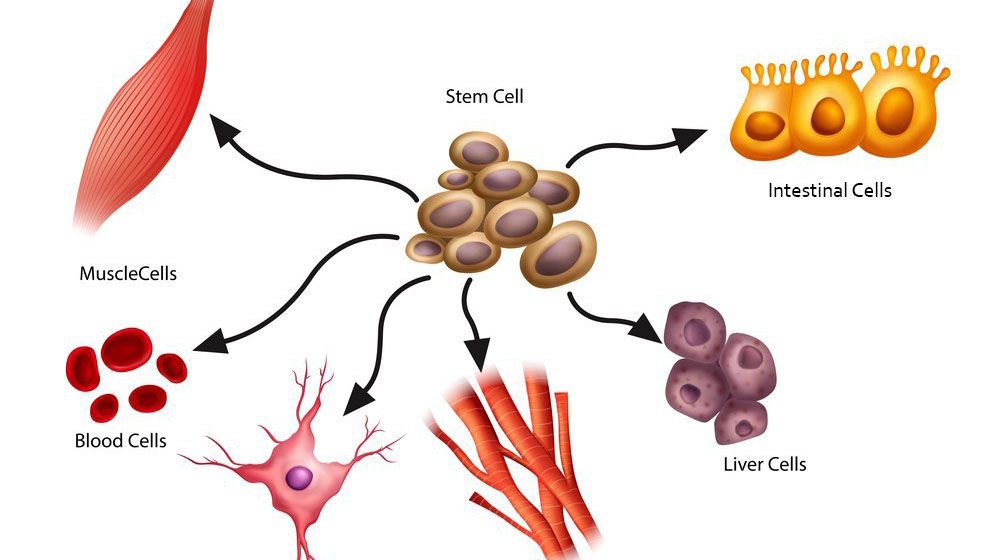
Stem cells are the fundamental cellular building blocks in the body, responsible for generating various specialized cell types, including muscle cells, blood cells, and brain cells. Their unique capacity to create new cell varieties makes them the body’s inherent mechanism for tissue repair. They can be used in various fields:
- Enhancing disease understanding: Monitoring how stem cells mature into different cell types in organs and tissues like bones, heart muscles, and nerves can enhance our knowledge of disease development.
- Boosting regenerative medicine: Stem cells can be guided to become specific cells for repairing damaged tissues. This offers hope for conditions like spinal cord injuries, type 1 diabetes, Parkinson’s disease, alzheimer’s, stroke, burns and more.
- Treating blood disorders: Stem cell transplants are mainly used for blood-related cancers and other blood disorders such as anemia, sickle cell disease, and autoimmune conditions.
- Accelerating wound healing: Cellular therapy for skin shows promise in treating chronic wounds, especially in diabetic patients, by providing the necessary cells and growth factors.
- Providing facial rejuvenation: Stem cell therapy offers a promising avenue for facial rejuvenation. It utilizes adult stem cells, usually sourced from the patient’s fat tissue or bone marrow. These cells are processed and injected into targeted facial areas to stimulate tissue regeneration and boost collagen production. The ultimate aim is to enhance skin texture, reduce wrinkles, and improve the overall facial appearance, often termed a “stem cell facelift.”
How Is Stem Cell Used in Hair Transplant?
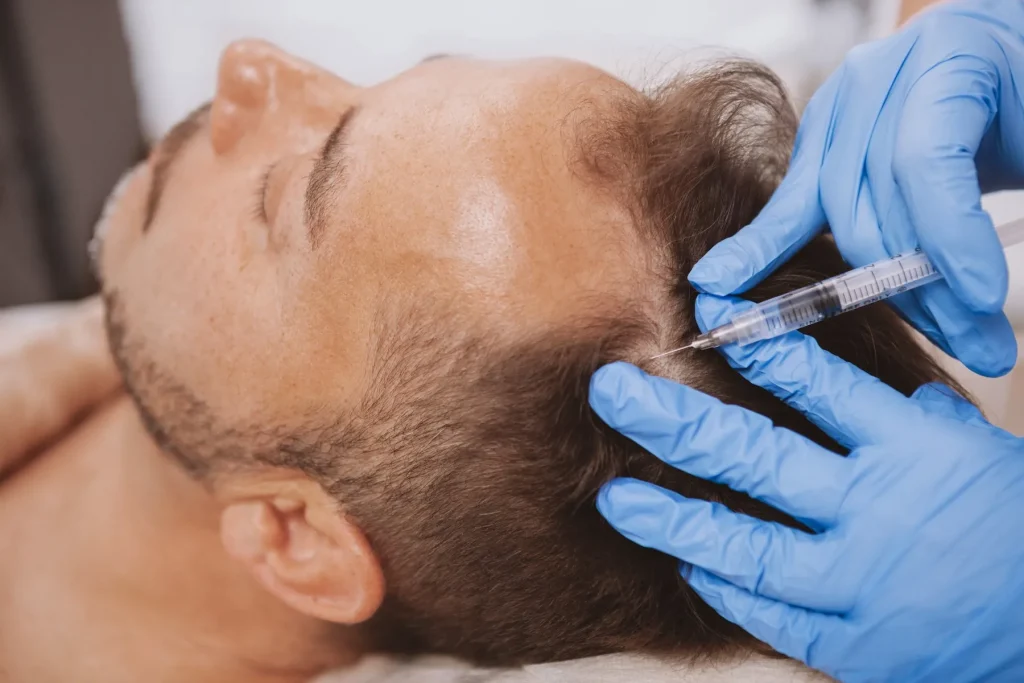
Hair loss research has been ongoing for decades. Losing up to 100 hairs daily is considered normal, but exceeding this can lead to thinning. Common causes include genetics, stress, medical conditions, medications, and hormonal imbalances. Serious hair loss impacts self-esteem and well-being, leading many to consider hair transplants. Therefore, the demand for better alopecia treatments is high and stem cell treatment in hair transplantation is gaining attention due to its promising benefits.
MCAN Health has a track record of delivering successful stem cell hair treatment procedures. Let’s delve into the process, its advantages, the ideal candidates, and the associated cost.
The Stem Cell Hair Treatment Procedure at MCAN
Stem cell hair treatment is applied thanks to an medical device called Lipocube™ SVF. Autologous fat, which is the patient’s own fat, is collected without the need for general anesthesia. Lipocube™ works in a sterile, closed system and has unique blades and a specific flow pattern for the purpose of digesting this fat. The broken-down fat is then mixed with a solution to separate regenerative cells from the fat tissue based on their electrical charges, ensuring they are in their most potent state.
This mixture is processed in the Lipocube™ device called Cell-Drive™, using a specific speed range, to concentrate the SVF (stromal vascular fraction). This concentrated SVF is gathered in a specially coated and shaped trap to attract the cells. Finally, these isolated stem cells are administered directly into the scalp to encourage the growth of hair follicles in affected areas.
What Are the Benefits of Stem Cell Hair Treatment?
- Natural Appearance: Stem cell hair transplants provide a natural look, closely resembling your own hair in texture, color, and direction.
- Minimally Invasive: The procedure is less invasive, resulting in shorter recovery time and reduced discomfort compared to traditional methods.
- Lasting Results: Stem cell transplants address the root cause of hair loss, potentially providing long-lasting outcomes.
- Low Rejection Risk: Using your own stem cells reduces the likelihood of rejection or adverse reactions.
- Strengthening Thin Hairs: Stem cells provide a significant advantage by directly thickening and strengthening thin and nearly imperceptible hair strands, promoting robust hair growth.
Can Stem Cell Hair Treatment be Combined with Other Hair Loss Treatments?
Stem Cell Hair Treatment can be combined with other hair loss treatments. Combining different approaches to hair restoration is known as combination therapy, and it is often used to optimize results and address hair loss from multiple angles.
PRP Therapy (Platelet-Rich Plasma): PRP and stem cells work through different mechanisms to address hair loss. PRP primarily provides growth factors and improves the microenvironment for hair follicles, while stem cells have the potential to regenerate and repair damaged or dormant hair follicles. When used together, they address hair loss from multiple angles, potentially leading to more effective results.
Hair Transplantation: Stem cell treatment can complement hair transplant techniques like FUE and DHI, enhancing graft survival and overall regrowth. While stem cell therapy does not create new hair in completely bald areas, it can strengthen weak and thin hair follicles, making hair denser. Therefore, combining hair transplantation with stem cell therapy is possible for completely bald areas, benefiting both donor and recipient areas to improve healing, reduce inflammation, and potentially lead to more successful and natural-looking outcomes.
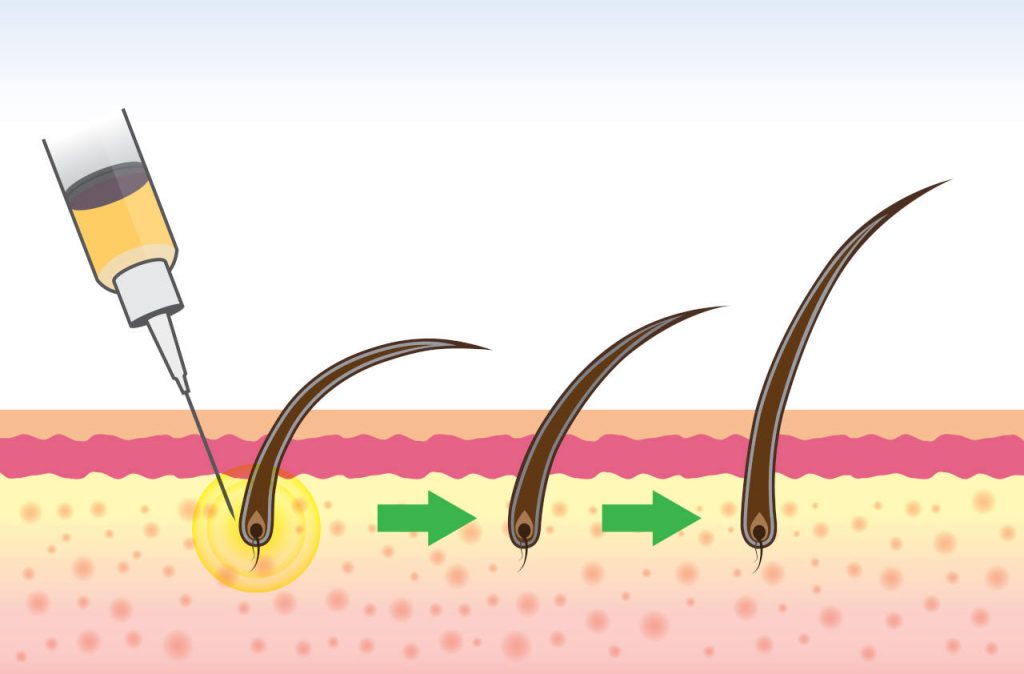
Who Is Eligible for Stem Cell Hair Treatment?
1- Stem cell therapy is suitable for various types of hair loss, including:
- Telogen effluvium (temporary hair shedding)
- Non-scarring hair loss caused by tight hairstyles
- Early stages of hair thinning
- Androgenetic alopecia (common hereditary hair loss)
2- It may also be considered for hair loss caused by medical conditions or treatments, such as chemotherapy or certain medications, depending on the circumstances.
3- Candidates for stem cell therapy should generally be in good overall health, and pre-existing medical conditions should be evaluated to ensure they won’t interfere with the treatment.
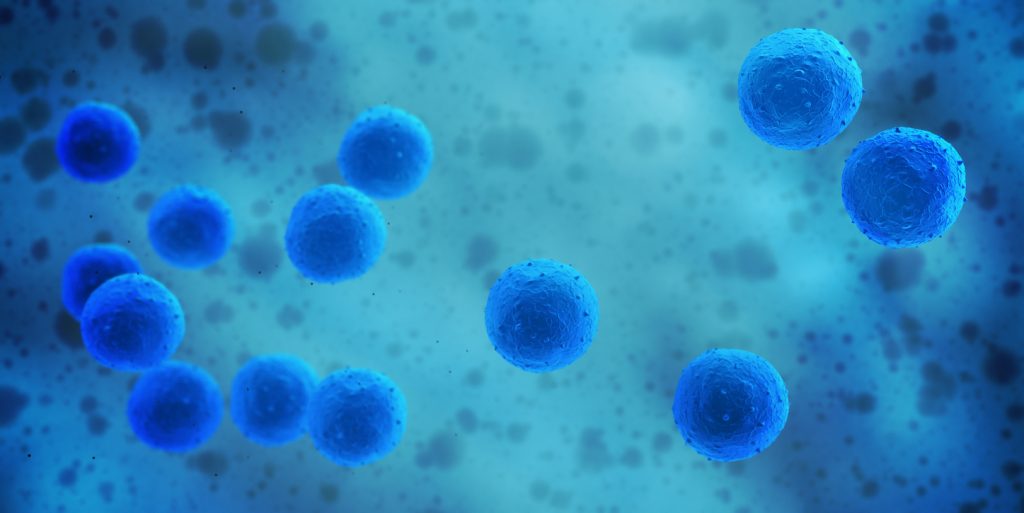
Treatment Duration and Recovery Time
Individuals seeking only a stem cell hair treatment typically require a 2-night stay in Turkey, while those looking to combine a hair transplant with stem cell therapy will need to stay for 4 nights. The stem cell hair treatment procedure itself usually takes around 1-2 hours to complete.
Mild pain, temporary redness, and swelling are common after the procedure and typically resolve within a week. While there’s no need for extended recovery time, it’s advisable to refrain from vigorous exercise for about a week. Minimal scarring may occur at the site where the fat has been extracted.
Furthermore, MCAN Health, an internationally accredited company, with its skilled multilingual nurses who accompany patients throughout their hair transplant turkey journey, provides guidance on post-treatment care and monitor their progress at specified intervals.
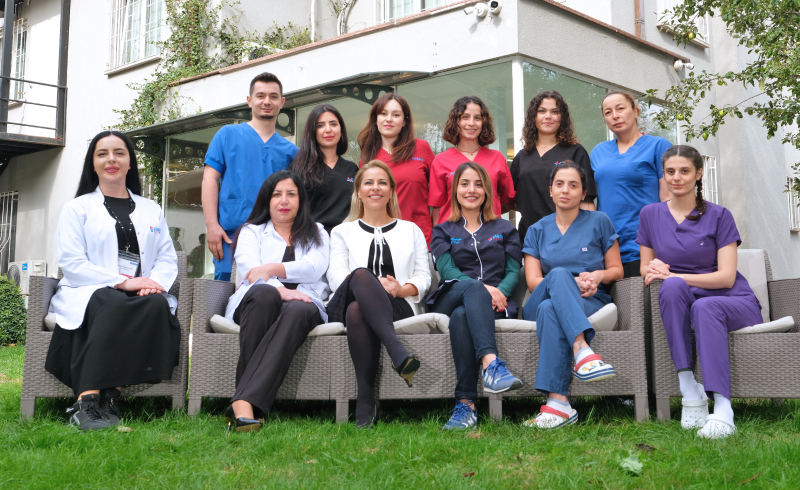
 Full Facelift vs Lower Facelift: What is the Difference?
Full Facelift vs Lower Facelift: What is the Difference?  What Exactly is a Deep Plane Facelift Method? Do You Need It?
What Exactly is a Deep Plane Facelift Method? Do You Need It?